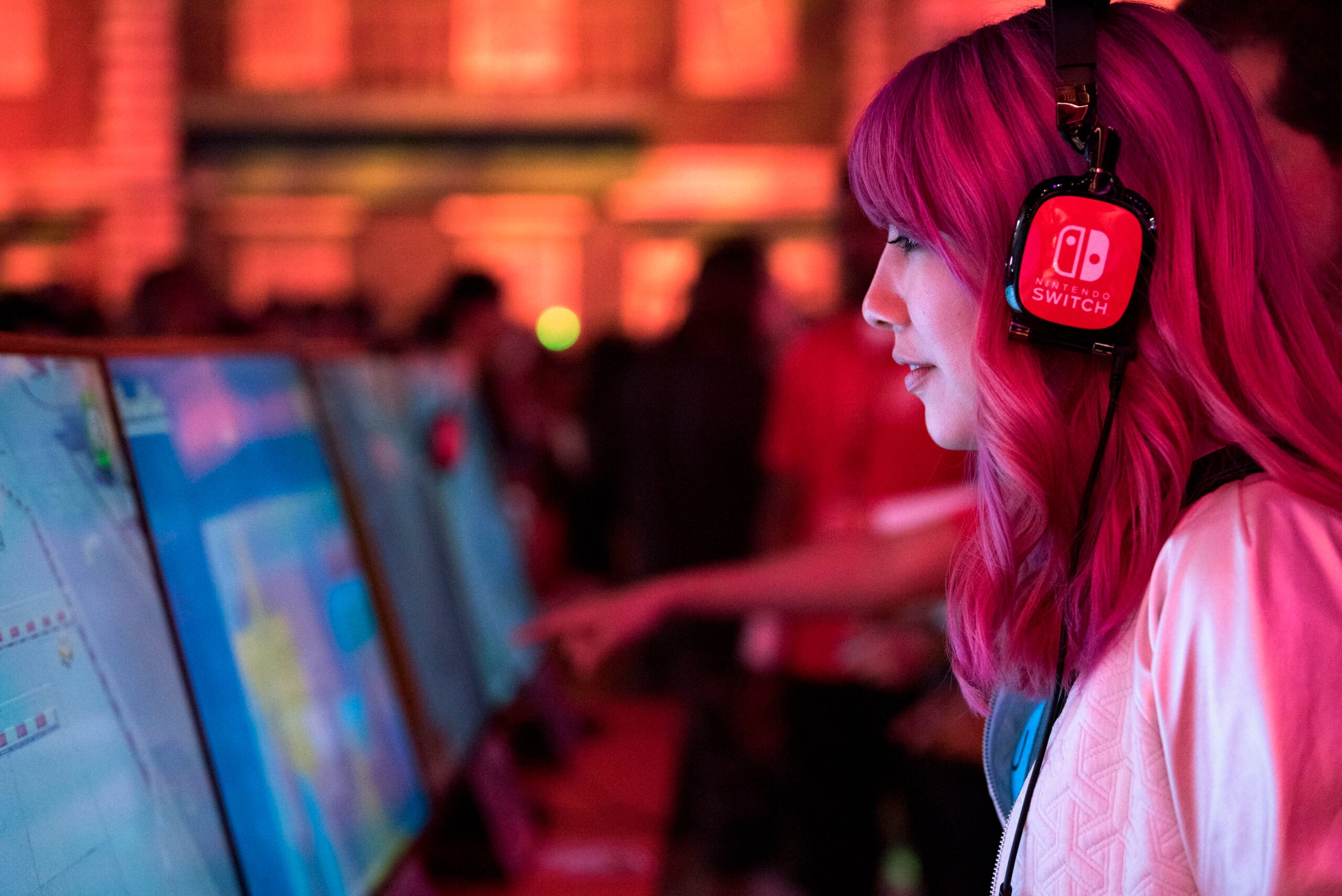ShotSpotter, the gunshot detection service used by 170 communities, counties, and university campuses, is more closely associated with big cities like Chicago, New York, and Washington, D.C. But in recent years, those cities have faced pressure to abandon the system as researchers and community activists criticize it as an ineffective technology that doesn’t prevent shootings and leads to overpolicing in Black and brown communities.
Amid the backlash, SoundThinking, the company behind ShotSpotter, has pursued dozens of smaller markets that were more receptive to the technology. But those smaller cities are far less likely to have the volume of gun violence that justifies the need for the system, which typically costs $65,000 to $90,000 for each square mile of sensors.
In a new analysis, The Trace found that 62 cities that have installed ShotSpotter averaged fewer than one shooting per month in which someone was injured or killed over the past 10 years, according to Gun Violence Archive data. Of those 62 cities, 43 were located in states that received an “A” grade by the gun violence prevention group Giffords for their strong gun restrictions.
For cities with scant gun violence, strong gun laws, and small budgets, critics say the money would be better spent elsewhere. But ShotSpotter’s supporters say these cities are just being proactive in trying to prevent gun violence from ever taking root. For my latest story, I take a closer look at the small cities shelling out for ShotSpotter and how they’re paying for it — and whether they’re getting their money’s worth.
From The Trace
- Dozens of Cities Are Paying for Gunshot Detection Tech They May Not Need: A new analysis by The Trace identified cities across the country that are using ShotSpotter despite averaging fewer than one shooting a month in which someone was killed or injured.
- Philadelphia Will Install Bulletproof Glass to Protect Bus Drivers: Since a city driver was fatally shot on the job in October 2023, the public and transit workers have been asking for more security.
- Life in Poverty, Punctuated by Gun Violence: Philadelphia’s status as the nation’s poorest big city is a major cause of its gunfire. In this audio story produced by CitizenCast, The Trace’s Mensah Dean reads the first story from his three-part series about the intersection of race and gun violence.
- They Lost Loved Ones to Guns. They’re Sharing Their Stories So Things Will Be Different: Seven gun violence survivors, seven stories of Chicago. How might their experiences drive change?
Announcements
The Trace is seeking applicants for its editing fellowship. The one-year program is geared toward early- to mid-career journalists who are looking to establish themselves as editors, but have not had the opportunity to pursue editing full time. [The Trace]
What to Know Today
In May of this year, the Supreme Court ruled unanimously in favor of the National Rifle Association to pursue claims against a New York State regulator. The gun group claims that the regulator infringed on its First Amendment rights by discouraging banks to do business with it after the 2018 school massacre in Parkland, Florida. But the two women the gun group claims participated in a secret meeting, which was pivotal to the ruling, say the meeting didn’t happen. [The New York Times]
President Joe Biden made gun violence a key point during his presidential campaign and moved the needle for gun violence policy, passing the first major bipartisan gun bill in 30 years. But he ultimately failed to ban assault weapons, a central promise of his 2020 presidential campaign. [Politifact]
The Portland Press Herald and Maine Public released a documentary breaking down the Lewiston shooting, the deadliest mass shooting in Maine history. By investigating police, military, and mental health care, they uncover missed opportunities for stopping the October 2023 shooting. [PBS]
In Oakland, California, local artists and cultural institutions are banding together to protect Black women and girls in a new initiative, Black Tulip, which aims to protect Black women and girls from sextrafficking, kidnapping, and other acts of violence. One of their main priorities is to pass the Protect Black Women and Girls Act. [Oakland Side]
After the CEO of UnitedHealthcare was shot and killed with a ghost gun in New York last week, Americans with personal experiences of insurance-denied claims are airing their grievances. Shell casings found at the scene were engraved with the words “delay,” “deny,” and “depose.”. [Associated Press/The New Yorker]
A year ago, federal officials in Columbus County, North Carolina, demanded the police department overturn documents detailing its finances and use of force. Since then, the FBI and IRS have found suspicions of embezzlement only a year after Columbus County Sheriff Jody Greene resigned. [The Assembly]
Data Point
More than 45,000 — the number of suspected ghost guns reported to the ATF by police as having been recovered from potential crime scenes between 2016 and 2021. [CBS News]
Non Sequitur
Dolphins ‘smile’ at each other when they play and to avoid misunderstanding, study finds
“The researchers found that the marine mammals “smiled” almost always when they were in their playmate’s field of view, and their playmate “smiled” back one third of the time.” [CNN]
